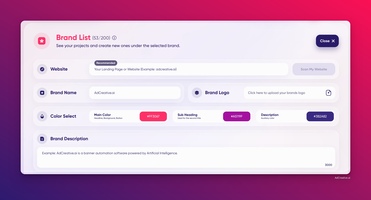
For decades, marketers have relied on consumer data for targeted advertising. The multi-billion dollar global ad tech industry feeds on tons of first-party and third-party consumer data to serve personalized ad content and earn the big bucks.
Marketers consider first-party data as the most precious marketing asset. First-party customer data is collected and owned by businesses that directly provide services to internet consumers. Consumers entrust this information to the business. For example, banks record applicants' information through credit card applications.
Third-party data is collected by companies that do not provide any direct service to the consumer. They aggregate and segment the data and sell it to multiple businesses, which use it to run personalized ad campaigns.
First-party or third-party data includes basic information like names, email addresses, phone numbers, age, gender, job title, etc. Businesses also collect interaction and behavioral data touch points like page visits, downloads, email inquiries, purchase history, customer support, and product reviews, etc.
How do marketers collect this information through the internet? - The answer is cookies.




